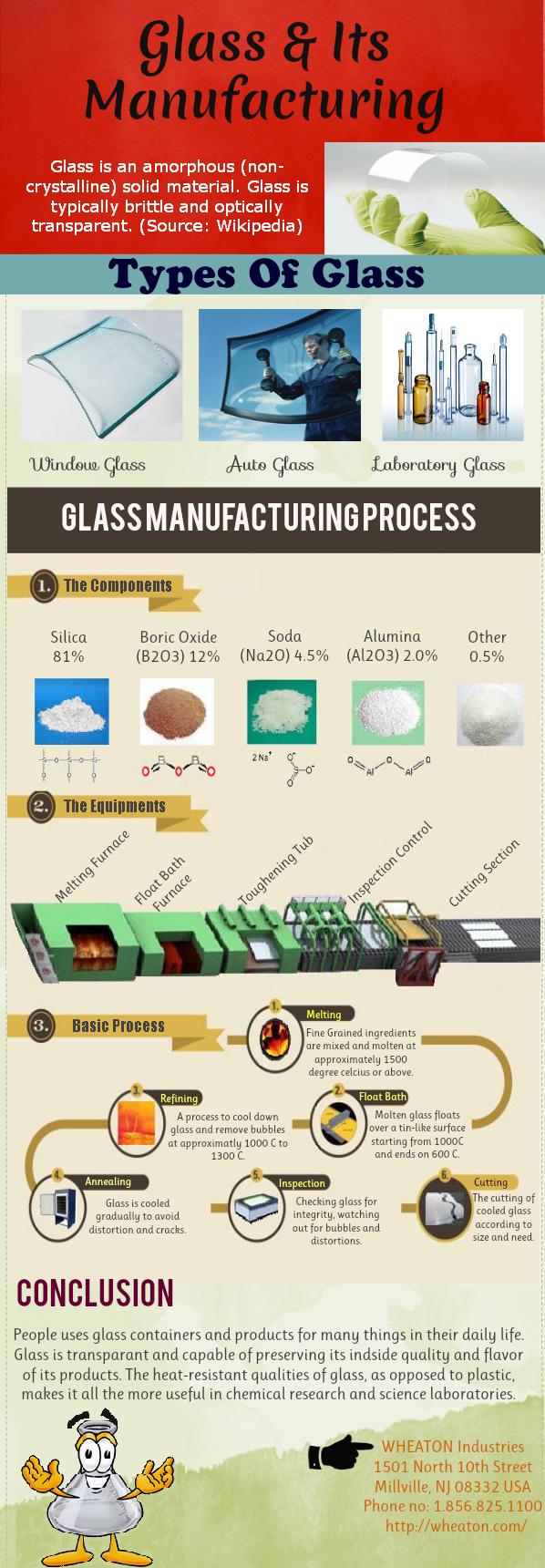The glass industry provides a vital, if often overlooked, resource to the global economy and the enjoyment of life itself. We use glass in a number of different ways every day: with a mirror, by looking out a window at our home, or when we hop into a vehicle to drive to work.
Interesting Glass Industry Statistics
In the United States, the glass industry shipped out over $28 billion of product in the last year.
Glass does more than just bring in the sunshine during the morning or help us look our best as we head off to work. Glass protects us when we travel, it holds food products for us safely, and it even helps us cook our foods. There are four sectors to the glass industry: container, specialty, flat, and fiberglass. Together these four sectors produce 20 million tons of glass every year.
Essential Facts About Glass
1. The average hourly wage for an employee within the glass industry is $15.79 per hour.
2. The glass industry utilizes 250 trillion but every year in order to create the 20 million tons of glass that is produced annually.
3. The glass industry is responsible for employing over 150,000 employees in the United States alone.
Takeaway: Even though there is a high energy cost associated with the production of glass, the industry is producing a needed commodity. Without glass, it would not be as feasible to drive a vehicle, look at your window in the morning, or cook a meal. There are also ways to save energy costs after the glass is made as well to help make up for this high cost. Meals cooked in glassware, for example, can cook more quickly than in other containers.
Additional Facts About the Glass Industry
1. The production of clear glass makes up 64% of the total glass industry. Amber glass and green glass are the other common production colors.
2. The market for flat glass has remained relatively static since 1987. There are 6 companies operating about 30 flat glass plants in the United States right now.
3. Container glass makes up about 50% of the total glass market. Specialty glass, on the other hand, only makes up about 10% of the annual market.
4. Fiberglass today is made up of up to 40% recycled glass.
5. There is no competitive product on the market today that is comprised of an alternative material. From insulation for the home to reinforced paneling for boats, it is used in a wide variety of ways.
6. 23% of the flat glass that is manufactured in the United States is exported.
7. Only 35% of glass containers are recycled at the consumer level so that they can become new products.
8. Glass products made from purchased glass comprise an estimated 50.6% of total industry revenue in 2017.
Takeaway: A lot of improvements can be made within the glass industry to make it more energy efficient and to use fewer resources. An increased focus in glass recycling could help to reduce overall costs in the creation of new products, for example. As the economy experiences a new upswing in disposable income, the market for glass, especially flat and fiberglass, will expand and this may help to encourage the development of alternative manufacturing resources.

Although millions of people visit Brandon's blog each month, his path to success was not easy. Go here to read his incredible story, "From Disabled and $500k in Debt to a Pro Blogger with 5 Million Monthly Visitors." If you want to send Brandon a quick message, then visit his contact page here.
